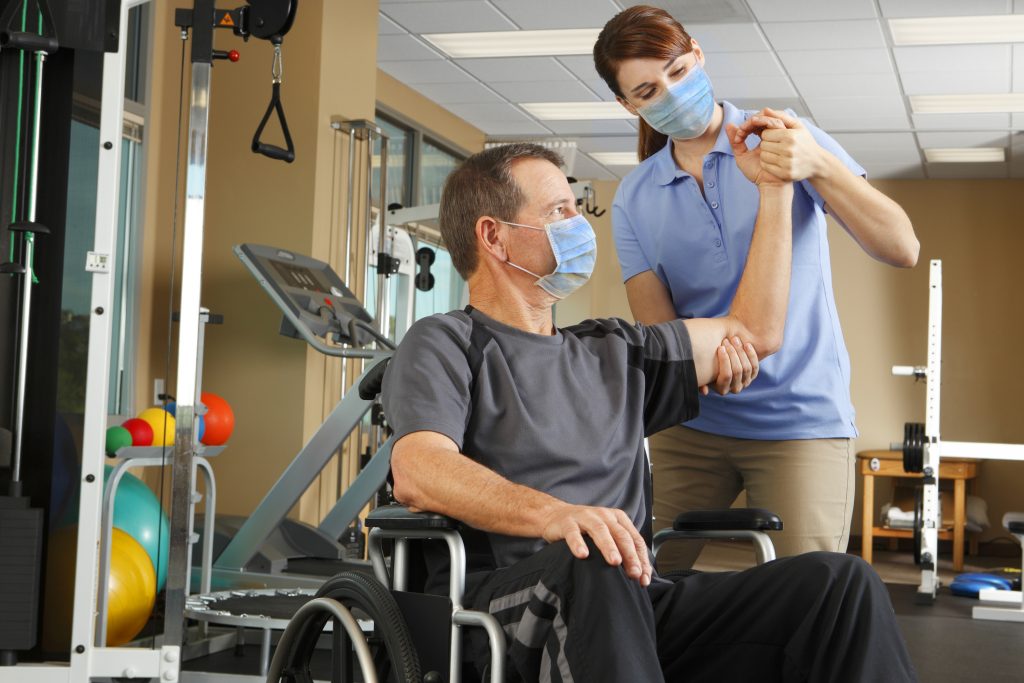Stroke Rehabilitation
by Jessica McAnulty
 Stroke rehabilitation is a progressive, dynamic, goal orientated process aimed at enabling a person with impairment to reach their optimal physical, cognitive, emotional, communicative, and/or social functional level.
Stroke rehabilitation is a progressive, dynamic, goal orientated process aimed at enabling a person with impairment to reach their optimal physical, cognitive, emotional, communicative, and/or social functional level.What is stroke rehabilitation?
It is a progressive, dynamic, goal-orientated process aimed at enabling a person with impairment to reach their optimal physical, cognitive, emotional, communicative, and social functional level.
Why does stroke rehabilitation work?
The brain is able to make up for functions lost in areas that were damaged by the stroke. It does this by reorganizing and rewiring itself. This ability is called neuroplasticity.
Did you know? >> Stroke rehabilitation is a process not a place.
Rehab can take place in many settings such as hospitals (inpatient or outpatient departments), community clinics, or directly in one’s home. Rehab includes homework that people with stroke complete independently or often with the help of family, friends or community supports. In some cases, virtual care (connecting by phone or computer video-conferencing) can be used to deliver stroke rehabilitation.
Did you know? >> Stroke rehabilitation starts as soon as people with stroke are stabilized.
Canadian Best Practice Recommendations for Stroke state that people with stroke should be seen by rehabilitation clinicians for initial assessment within 48 hours of admission to hospital. Acute stroke rehab clinicians treat people on the Regional Stroke Unit, Intensive Care Unit and occasionally even in the Emergency Department.
Did you know? >> Recovery after stroke is a long-term process.
It is important for patients with stroke to keep at it in order to continue to improve and maintain the gains made during the course of rehabilitation. Everyone’s recovery from stroke is different and there is no set schedule for stroke recovery. Rehabilitation has been shown to be most beneficial when started early; however, recovery of impairments is still possible months and even years after stroke.
For more information, please visit:
https://tbrhsc.net/programs-services/stroke-program/nwostroke/rehabilitation/
https://www.heartandstroke.ca/stroke/recovery-and-support/stroke-care/rehabilitation